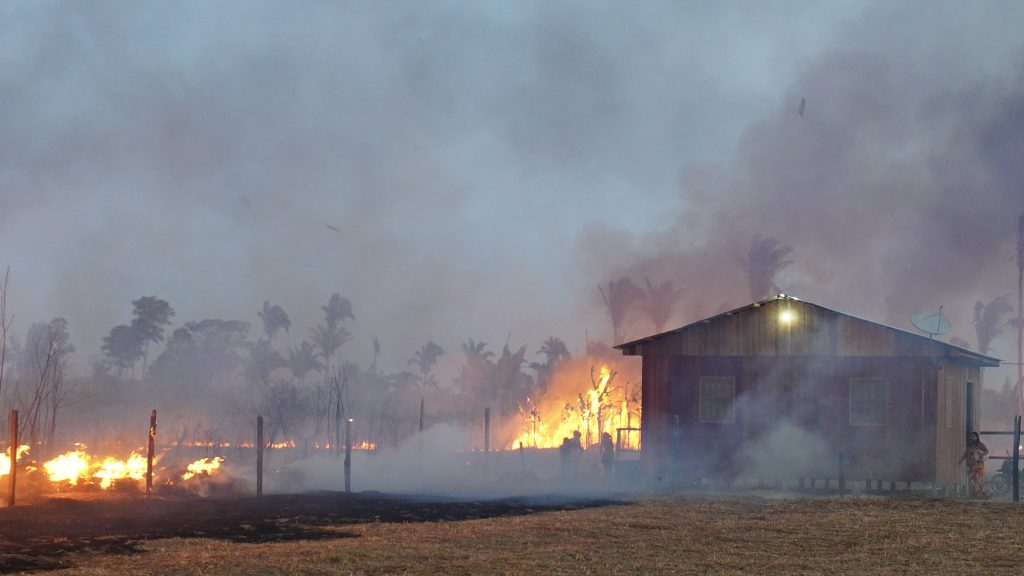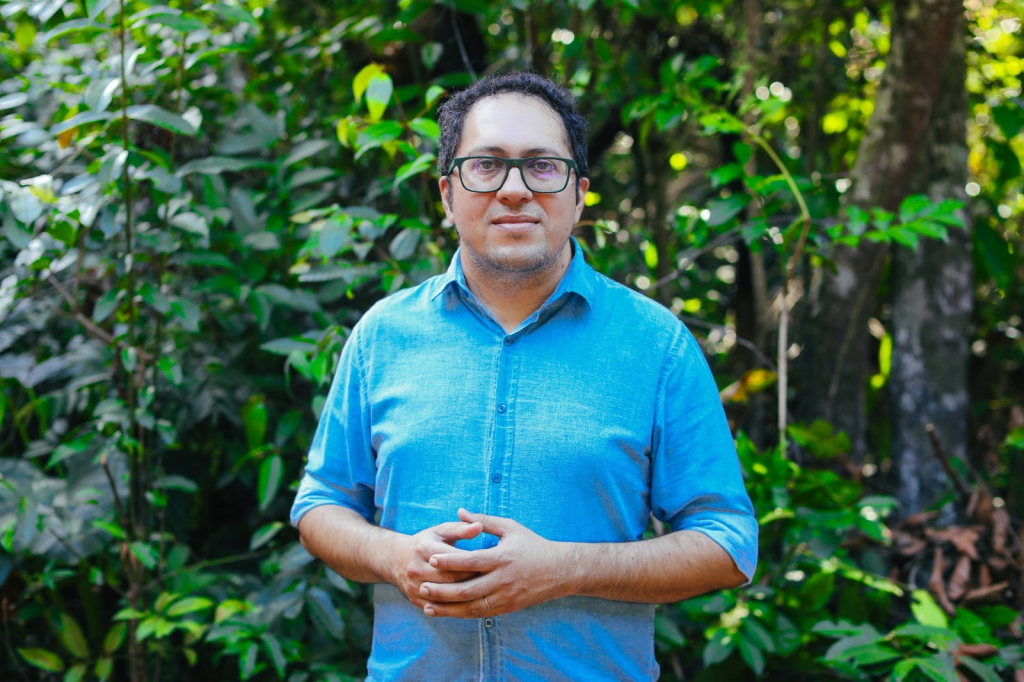‘Wait for the coming days,’ says expert on Amazon climate
17 de March de 2025

By Letícia Misna – From Cenarium
MANAUS (AM) – Data from a climate survey conducted by Nexus – Research and Data Intelligence indicate that 72% of the population in the Northern Region classified the climatic events of 2024 as “the most severe.” For these respondents, extreme heat, lack of rainfall, and river droughts, which led to the worst dry season in history, were the most notable aspects.
The survey, “The North’s Perspective on Climate Change”, was carried out with 1,195 people across 57 municipalities in the Northern Region between December 12 and 17, 2024, and was released last Thursday, the 13th. According to the data, around 22% stated that the events recorded in 2024 “were much worse” compared to previous years.

Speaking to CENARIUM, climate and environment expert and professor at the Federal University of Amazonas (Ufam), Rogério Marinho, pointed out that climatic events in the region have been intensifying over the past 30 years. According to him, these changes are a direct consequence of human interference with the environment.
“As a specialist in climate and water resources in our region, we have always discussed within the scientific community and observed that these extreme events, such as major floods and droughts, are becoming more frequent and more intense,” said Marinho.
Sentinel
According to the expert, Manaus has become a sentinel of climate change over the past 120 years, since it began monitoring the floods and droughts of the Rio Negro, which flows through the Amazonian capital. In 2024, the city recorded the worst drought in history, when the river’s level dropped to 12.11 metres, according to data from Amazonas Civil Defence.

Rogério Marinho highlighted that another problem caused by the drought in the interior of the state in 2024, aside from difficulties in river transport, was the occurrence of sandstorms. The phenomenon is caused by the formation of large, extensive sandbanks. The expert also mentioned the difficulties that directly affect students living in rural areas.
“At this time of year, despite the low rainfall, the wind is strong, lifting dust and, in some cases, creating sandstorms over these vast sandbanks. [In the interior], we also have issues in education, with power shortages and excessive heat in classrooms, which affect students’ concentration and performance. There are several concerns,” he noted.
Erratic Rainfall
Last year, the capital, the state, and the region were also affected by wildfires and smoke. Now, at the start of 2025, the new challenge is the arrival of erratic rainfall, which, combined with infrastructure problems, has caused floods, inundations, and destruction.
According to the National Institute of Meteorology (Inmet), on March 4 this year, Manaus received 109.6 mm of rainfall in a single day—equivalent to ten days of rain. This figure represents 34.15% of the expected monthly average for March in the city, which is 320.9 mm.
‘Still too early’
The professor states that, despite previous observations and the events of 2024, it is still too early to make a forecast for 2025. He explains that Pacific Ocean waters are still at neutral temperatures, making it difficult to make any predictions at this stage. The expert emphasises that it will take approximately 40 days to identify any trends.

“What was expected to be a La Niña event forming in this first quarter is still unclear. At the moment, surface temperature conditions in the Pacific Ocean are neutral, meaning there is no clear trend towards either El Niño, which causes severe drought, or La Niña, [a phenomenon that increases rainfall in northern Brazil]. We will have to wait for the next 40 days,” Marinho concluded.

